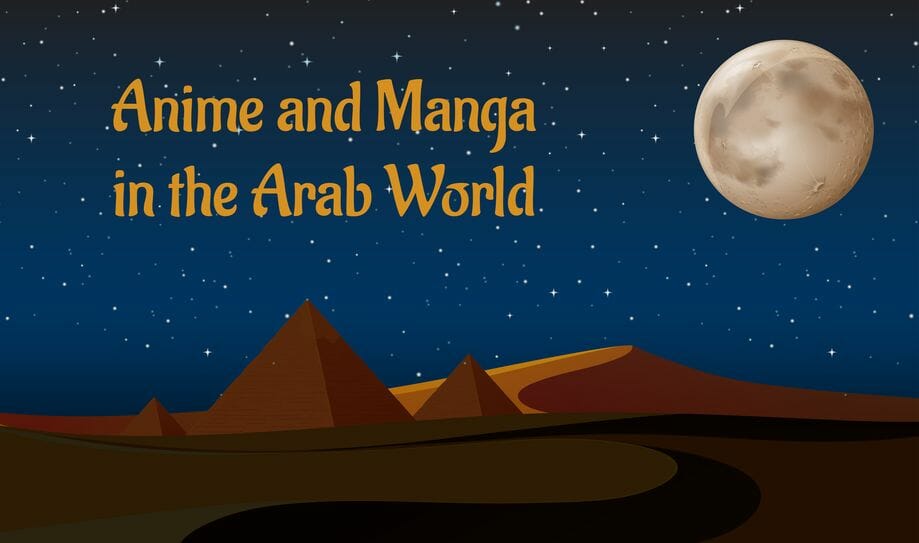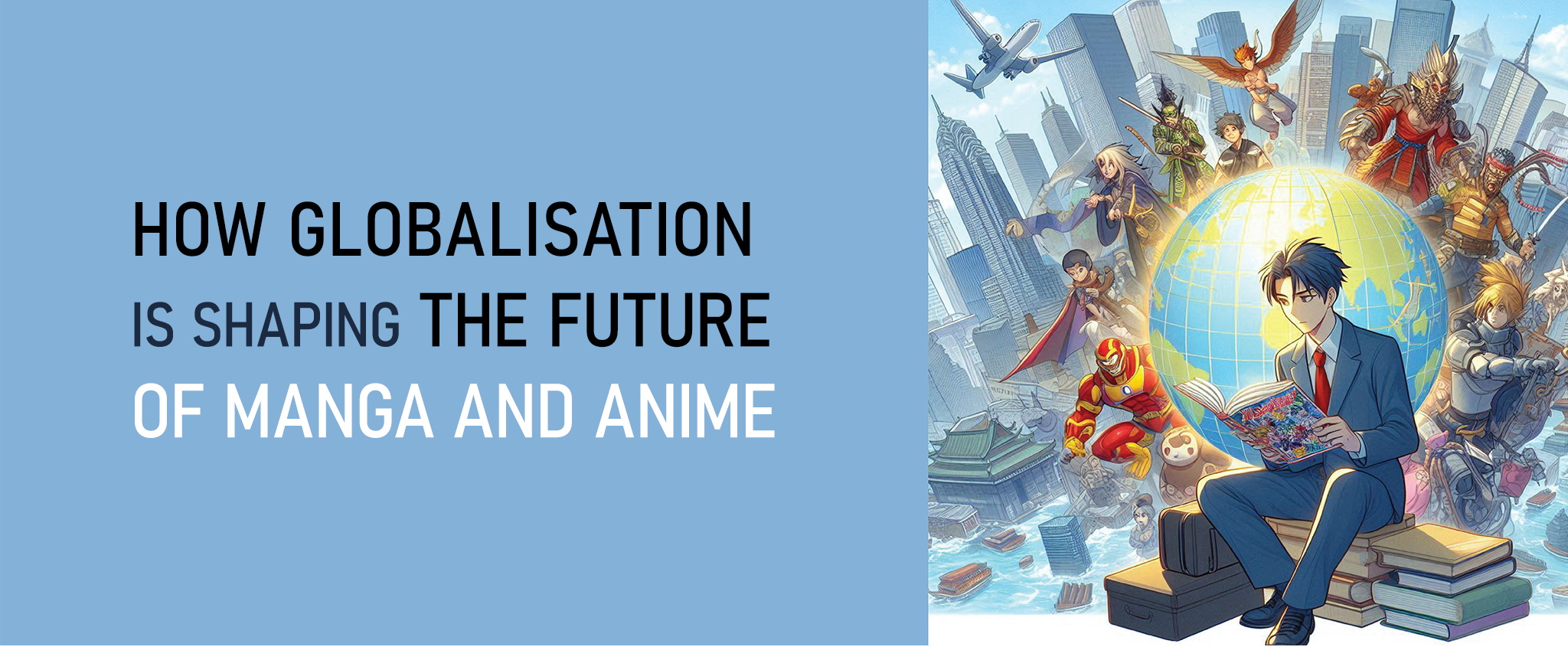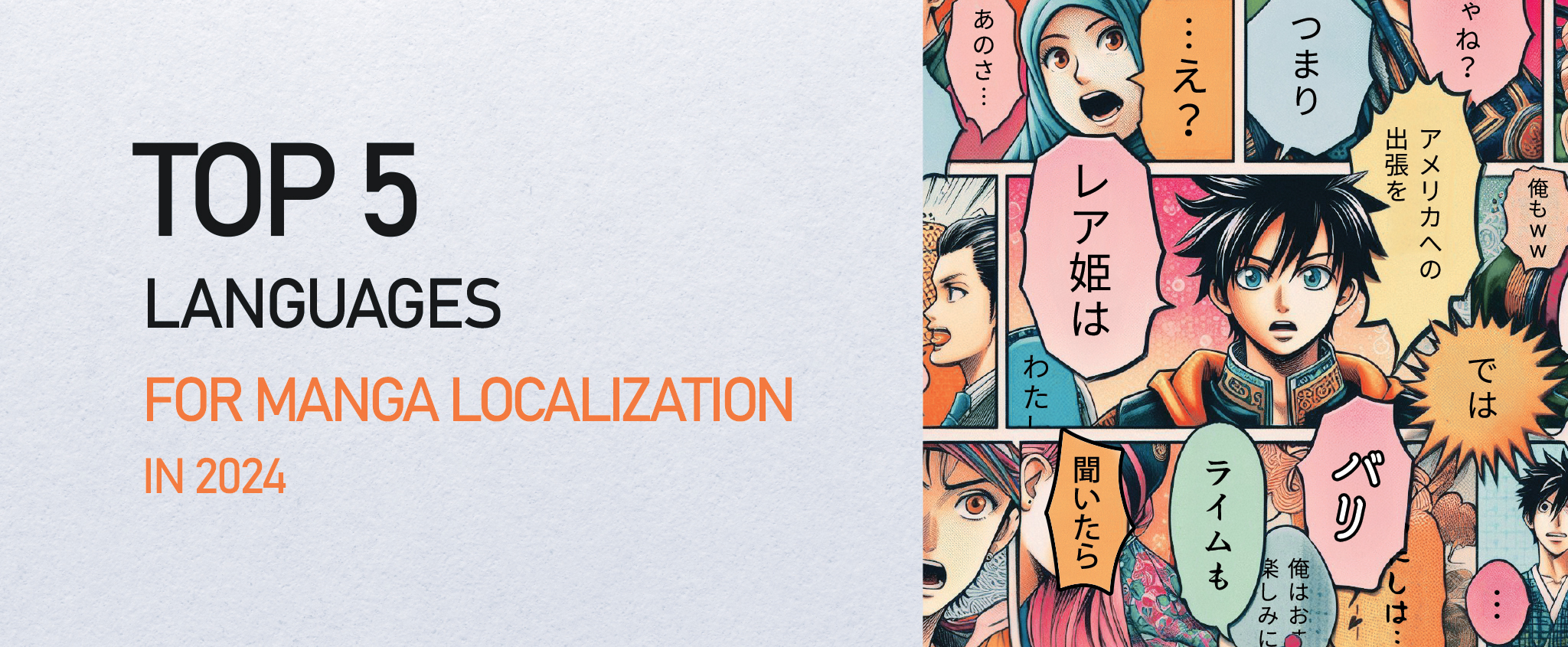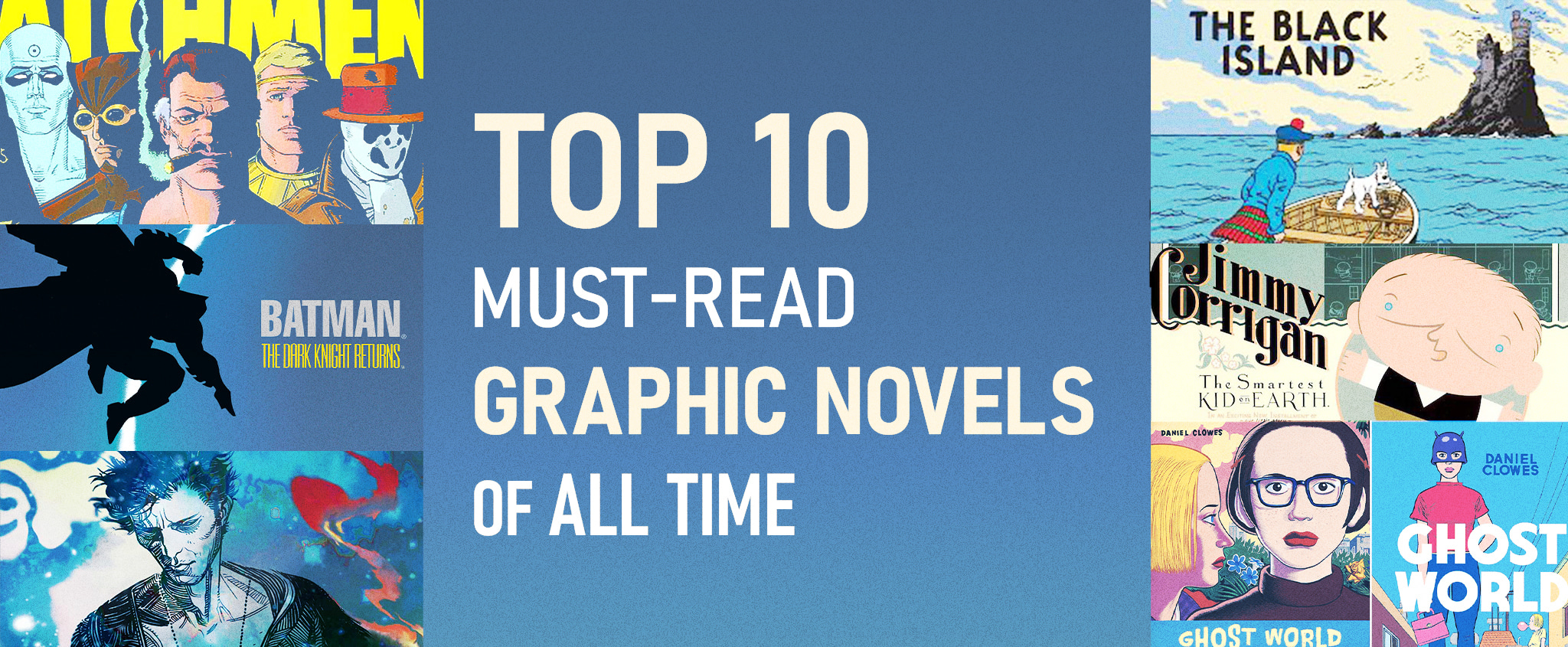Anime and Manga in the Arab World
—
Manga:
Japanese comics, which have independently flourished from the western world, are called manga (漫画), first coined in 1798. Composed of the two kanji, it can be literally translated as “whimsical or impromptu” for 漫 (man), and “pictures” for 画 (ga). Albeit having a long history attributed to earlier Japanese art, modern manga art utilizes a style that was cemented in the late 19th century
Anime:
Often confused with manga. Anime comes from the English word “animation,” and alludes to all animated works from Japan.
—
Early History
Comics, animation, and other similar types of visual entertainment are no strangers in the Arab world. Comics in particular formally called qiṣṣa muṣawwara (meaning is drawn history) in Arabic, have been in the region in as early as 1870 when a magazine for children called Rawḍat al-Madāris (“The school garden”) was released by Egypt’s ministry of education.
It was in the 50s, however, that the genre really took off. During this period Sindbād and Samīr were published, this time with a similar format as comics or manga that we know today. The latter was published in ʿāmmiyya (non-formal Arabic), a first in the industry, which allowed it and comics to be embraced by a wider audience.
Western comics and Japanese manga did not enter the picture until the 60s. During this period, pop culture icons such as Marvel superhero comics were translated and localized into Arabic. Although Japanese materials were also being spread, Japanese storytelling media such as manga and anime would not enjoy mainstream popularity until the 80s, when television, with the aid of Arabic localization, became their main cultural vehicle.
Beginning of Manga and Anime in the Arab World
Anime
Japanese anime’s rise in popularity started when popular series were dubbed into Arabic in the eighties. Founded in 1985, Al-Zahra Center (VENUS) based in Damascus, Syria was the only company in the Middle East that did Japanese to Arabic localization and dubbing of anime. Popular anime later dubbed by Al-Zahra Center include Detective Conan, Captain Tsubasa, Dragon Ball, Hunter X Hunter, and One Piece.
Before the mid-1990s, although there were no channels dedicated to cartoons and anime, dubbed cartoon series mainly intended for children were shown at specific times on local government TVs. During this period, anime had the largest share in terms of airing.
In 1997, Orbit Media Network launched Disney Channel Middle East, the Arabic version of Disney Channel, which gained popularity for its Egyptian and Lebanese Arabic-dubbed works. Although many in different parts of the region did not have access to it due to censorship, it was the only channel dedicated to children in the Arab world at the time. In the summer of the following year, ARTENZ channel of the Arab Radio and Television Network became available for a wider audience.
Most anime series are enjoying their wide popularity in the Arab world thanks to Spacetoon, an open Arab television channel that started in 2000. The channel specializes in Japanese animation and programs targeted toward children and adolescents. The channel’s blocks which were dubbed planets aired classic anime series: Action Planet aired Dragon Ball Z, Adventure Planet aired One Piece and Detective Conan, and Sports Planet aired Inazuma Eleven Go.
Manga
Japanese entertainment media’s popularity in the Arab world is generally attributable to anime more than manga due to the difficulty of obtaining manga in the Middle East before the 2000s. Within those years, manga was often imported in French in limited quantities. Over time, with the rise of the Internet, the popularity of manga began to increase as manga became widely available online.
It is interesting to note, however, that in the Arab world as well as in many parts of the world, anime popularity brought along with it an awareness of similar entertainment forms or interests such as video games, cosplay, merchandise, and of course manga.
In recent years, the general public has been increasingly given the opportunity to read Arabic comics in the style of manga. In September 2008, the first issue of Khayal magazine was published in the United Arab Emirates. It contained four stories including The Gray Emperor, Private Interactions, and Around the World. With dynamic narratives and colorful scenes that lean toward the Japanese style, the magazine is considered the first original and independently-produced publication in the Arab Gulf written and illustrated by young Arab artists, and printed and distributed widely in the United Arab Emirates.
Today, many Arab comic artists emerge and cite Japanese manga and culture as their influence. One such example is Jassim Al Mohannadi, an artist from Qatar, who shares that anime like Dragon Ball and Yu-Gi-Oh were some of his early influences, and the Fist of the North Star introduced him to the world of Japanese manga and sparked his interest in comics further.
Anime Popularity and Initiatives in Saudi Arabia
Given that it is one of the most and long-time economically progressive countries in the Arab Gulf, it comes as no surprise that Saudi Arabia has the biggest anime and manga audience in the region. In the past few years, several initiatives have been made to further spread the appreciation for anime and Japanese art as well as develop local talents.
In November of 2019, Anime Expo was launched in Saudi Arabia and Saudi anime fans had the chance to meet their favorite Anime characters from series such as Captain Tsubasa, Detective Conan, Attack on Titans. Additionally, Manga Productions, a Saudi-based animation company produced the first anime movie in Saudi Arabia called The Journey, in cooperation with Toei Animation and Director Kobun Shizuno who directed several Detective Conan films.
The art of anime and manga has undeniable popularity globally including in the Middle East. Among Middle Eastern countries, Saudi Arabia especially has the widest community of anime lovers, and, consequently, the biggest anime industry and market in the Middle East. With government support, Saudi Arabia continues to push collaborations with Japanese producers, animators, and publishers to grow its manga and anime industry.
Most Popular Anime in Arab countries
Below are the most renowned anime series of all time in the Middle East.
Captain Tsubasa
The Arabic version of this anime was produced and premiered on Arab TV channels in 1990. Captain Tsubasa, along with all other names in the series, was changed into Captain Majid (named after the Saudi national football team’s captain during that period). In a survey conducted among more than 3,000 people in 18 Arab countries, Captain Tsubasa was ranked as their all-time favorite anime show, hardly surprising given that football is a hugely popular sport in the region.
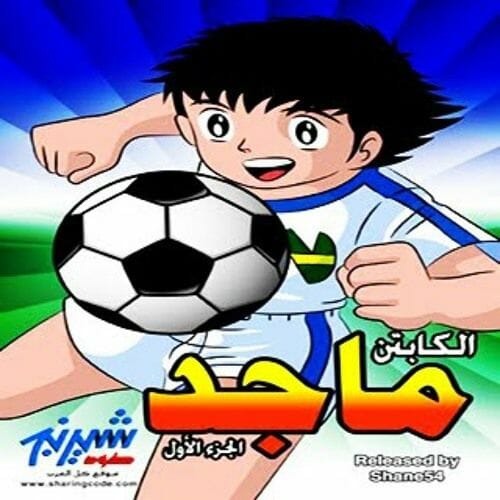

Grendizer
One of the most famous foreign figures in the Arabic-speaking world, Grendizer was first aired on Lebanese TV in the 1980s. It was also later aired in Kuwait and Saudi television channels. Following Captain Tsubasa, it is the 2nd most popular anime in Saudi Arabia.
Detective Conan
The anime Detective Conan was met with great success in the Arab world. 406 episodes (380 in the Japanese version) have been dubbed into Arabic. The anime was dubbed into Arabic by Al-Zahra Center for more than eighteen years, from 1998 to 2014.
(In the Japanese version, there are special episodes that last for an hour or two and a half; in the Arabic version, these are divided into several episodes, lasting 25 minutes each.)
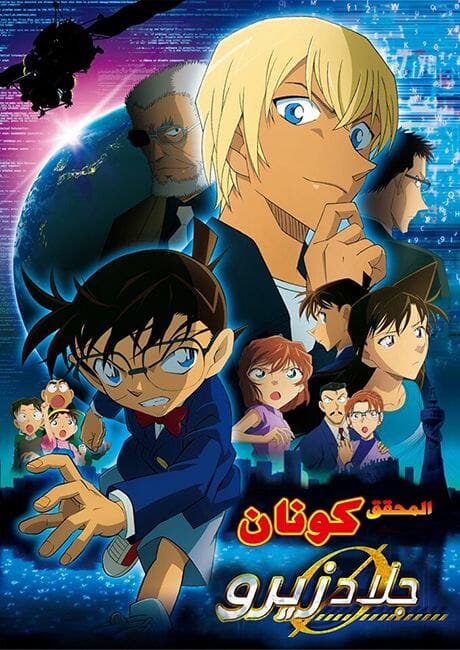
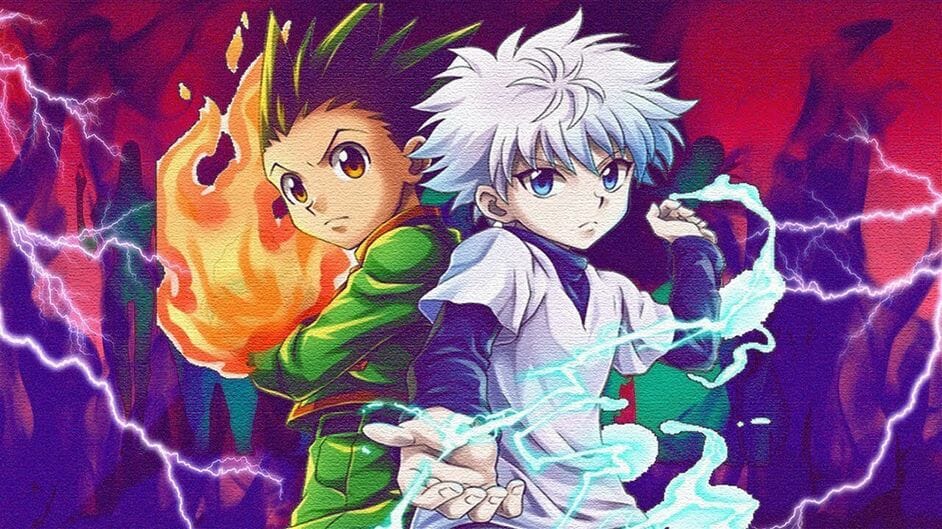
Hunter x Hunter
The Arabic audience knows Hunter X Hunter as Al-Kannas. Few changes in the dialogues and cuts on the scenes had to be made to avoid showing violence.
Dragon Ball Z
This series was aired on numerous Arabic channels, but in 2004, only 54 episodes were dubbed. Later in 2010, episodes 54 until 104 were dubbed and released.
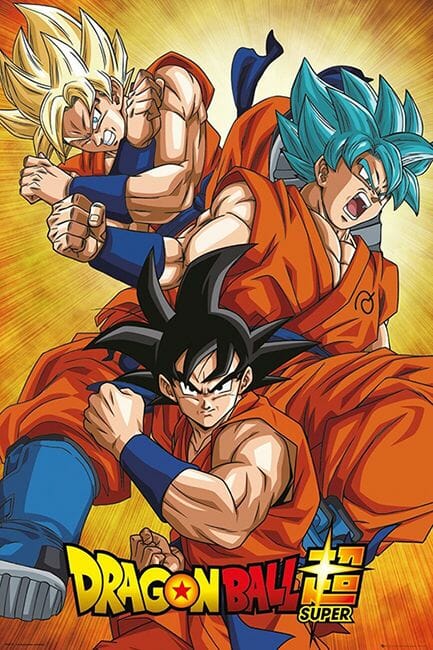

One Piece
One Piece was first aired on Arabic channels in 2008, but only two seasons with 104 episodes were dubbed into Arabic.
Naruto
Naruto premiered in 2007 on Arabic channels and had 156 episodes dubbed into Arabic.
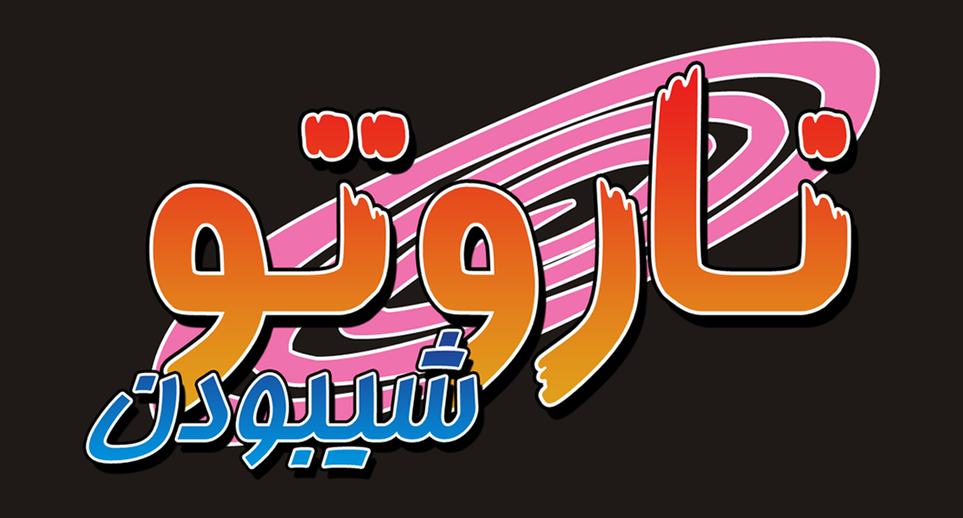

Digimon
The Digimon series was dubbed into Arabic and four seasons were aired.
Slam Dunk
Fully dubbed into Arabic, with 106 episodes.
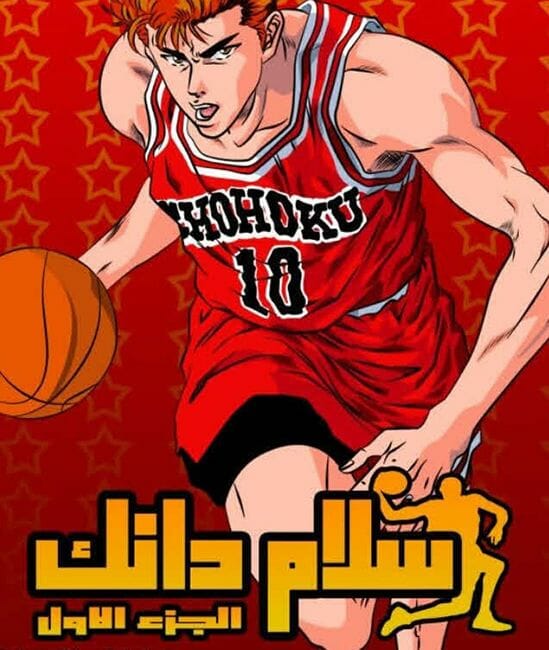
The Consistent Growth of Anime and Manga in the Middle East
In spite of several restrictions especially in the earlier years, the Arab world has been a strong consumer of Japanese storytelling media, thanks to the latter’s unique plot, character and environment design, and gripping episodes or chapters. The anime and manga in the Arab world have slowly but consistently increased; hence, Japanese and Western manga and anime publishers have an immense opportunity to expand their products to Arabic-speaking markets.
One of the biggest barriers to entering the Arab market is certainly the Arabic language, a unique and sophisticated language and one of the hardest in the world. Thus, choosing the best and professional Arabic translation and localization company is crucial. Here at CCCI, we provide manga and comics services for the Middle East and work with manga and comics publishers both from Japan and the west. Through our Japanese to Arabic, English to Arabic, or French to Arabic translation and localization services for comics, manga, and other media, you will have success in your path to reach your target audience in Arabic-speaking countries.
Read also – manga to anime adaptation in 2022, and the manga industry growth in 2022.

